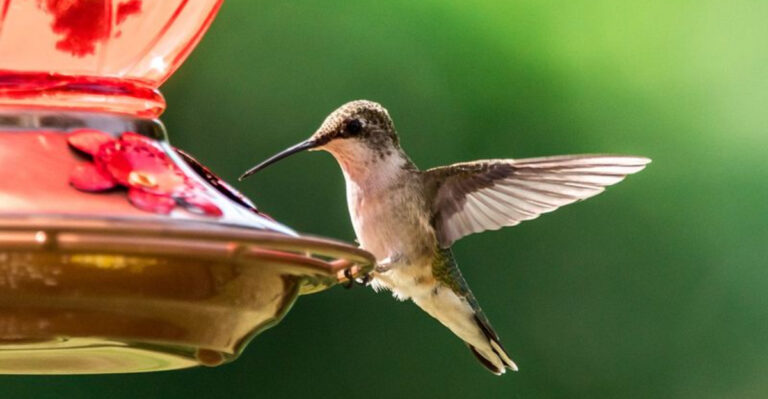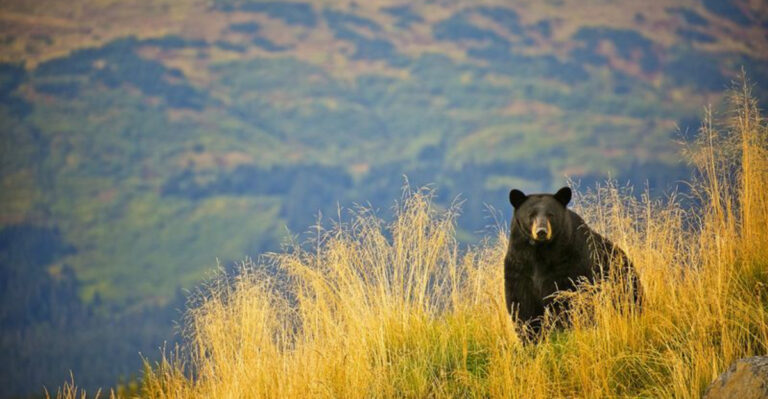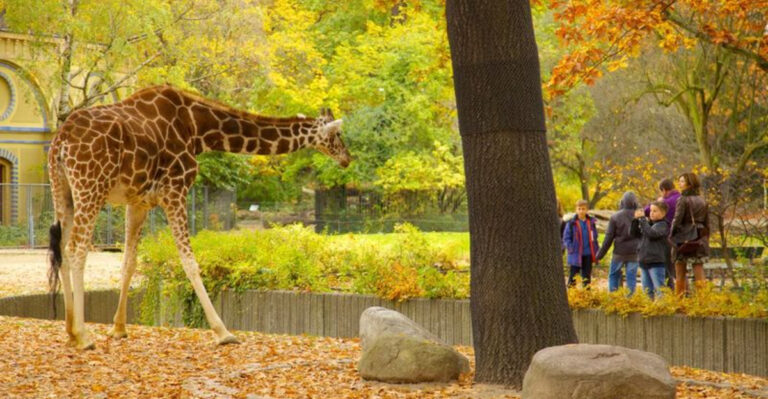14 Endemic Animals Found In Just One Spot On Earth
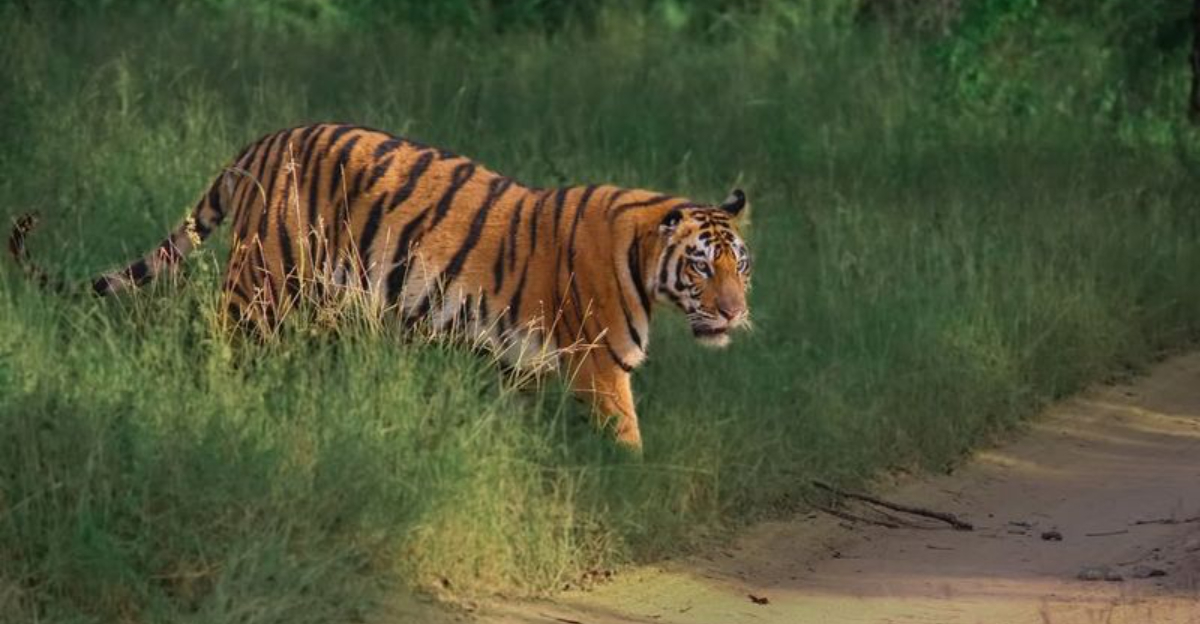
Discover the fascinating world of animals that exist in only one place on our planet. These unique creatures have adapted to their specific environments, making them truly special.
From the lush islands of Madagascar to the remote forests of New Zealand, each of these animals has a story to tell. Join us as we explore these remarkable species and the singular habitats they call home.
1. Aye-Aye
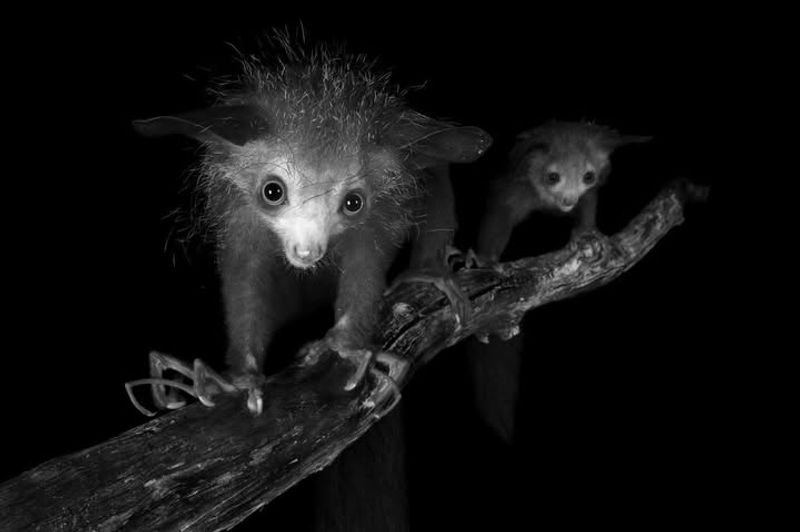
In the heart of Madagascar’s dense forests, the Aye-Aye roams under the moonlight. With its large, luminous eyes, this nocturnal lemur taps on trees to find insects, using its elongated middle finger as a tool.
Its unique appearance often causes a stir, but the Aye-Aye is a master of its craft. Madagascar, a land of wonder, hosts this peculiar primate, whose survival depends on the island’s fragile ecosystem.
2. Kakapo
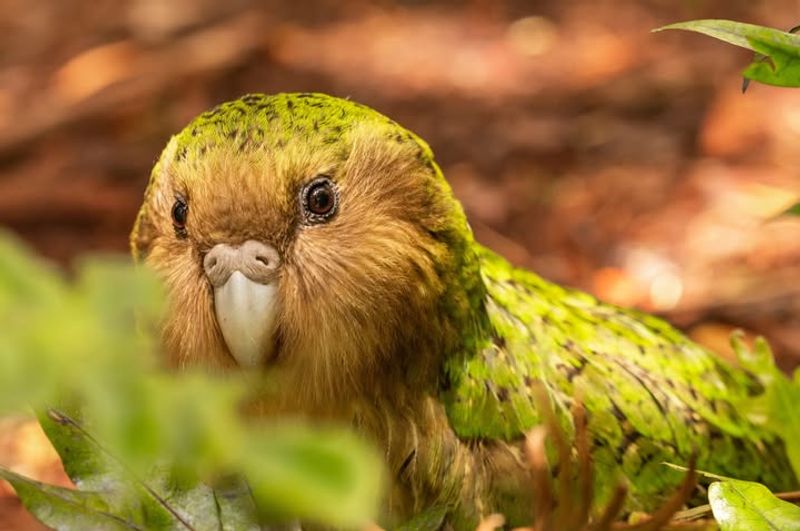
New Zealand’s forests echo with the quiet rustle of the Kakapo. This flightless parrot, with its vibrant green plumage, is as charming as it is rare.
By night, it waddles in search of food, leaving trails in the forest floor.The Kakapo’s story is one of survival against the odds, a testament to New Zealand’s unique biodiversity. Its plight inspires conservationists worldwide.
3. Galápagos Tortoise
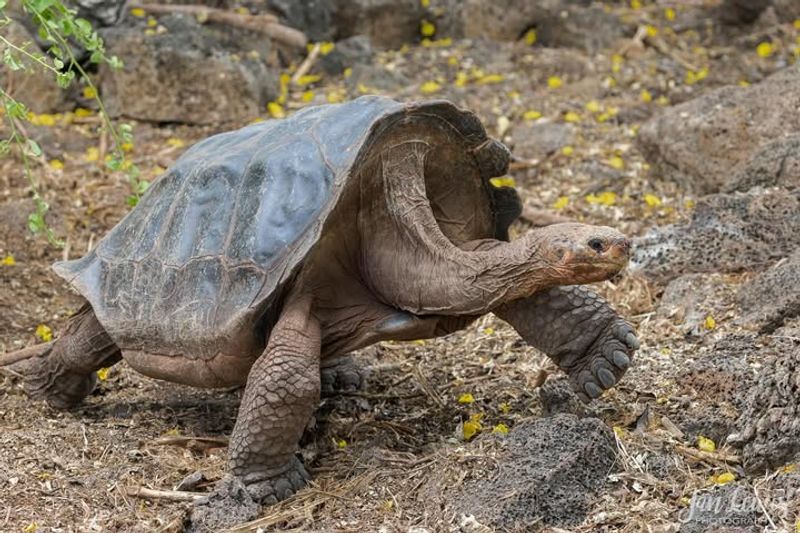
On the volcanic landscapes of the Galápagos Islands, the Galápagos Tortoise moves with the grace of ancient wisdom. These giants, some over 100 years old, spend their days basking under the sun.
Renowned for their longevity and gentle demeanor, these tortoises symbolize the unique evolutionary pathways of the islands. Protecting them means preserving a piece of natural history.
4. Saola
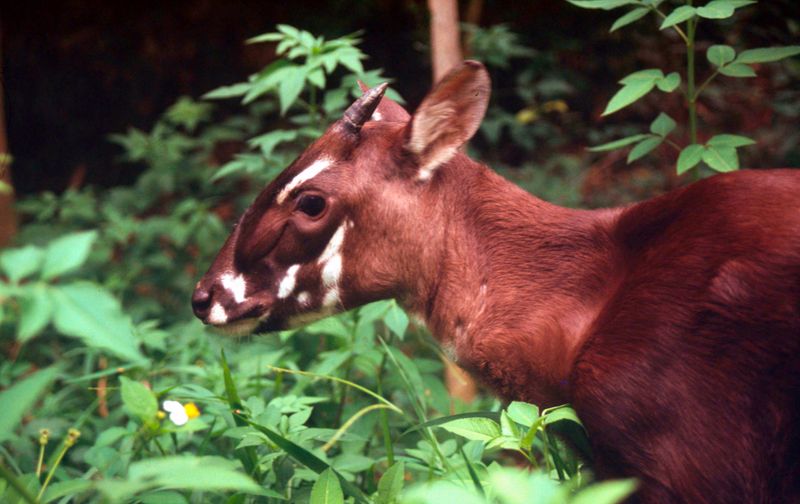
Along the misty Annamite Range, the elusive Saola, often dubbed the ‘Asian unicorn,’ hides in the shadows. With long, elegant horns and a gentle nature, it remains one of the world’s rarest mammals.
Discovered only in 1992, the Saola’s existence highlights the rich and mysterious biodiversity of Vietnam and Laos. Its conservation is crucial to understanding the ecosystems it inhabits.
5. Marine Iguana
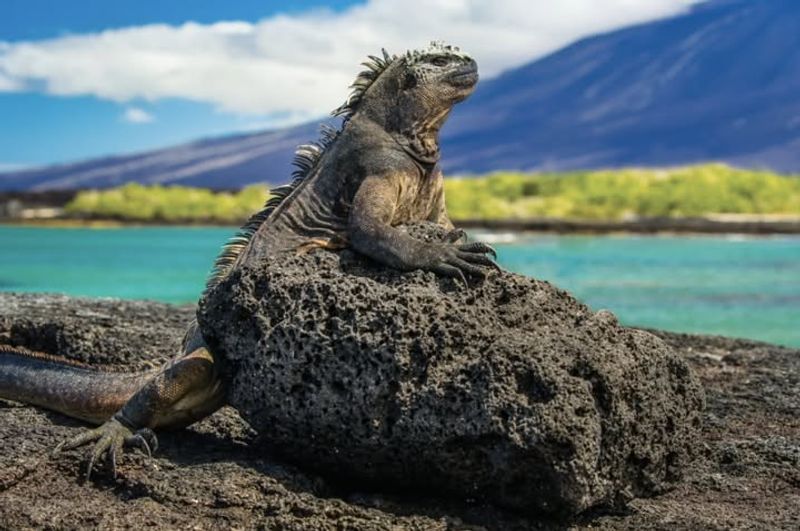
Basking on the rocky shores of the Galápagos, the Marine Iguana blends seamlessly with the lava rocks. Unique among lizards, it forages the sea for algae, showcasing its remarkable adaptation to marine life.
With its salt-sprinkled, sunbaked skin, it stands as a symbol of the islands’ evolutionary marvels. This iguana’s existence is a reminder of nature’s boundless creativity.
6. Blue Poison Dart Frog
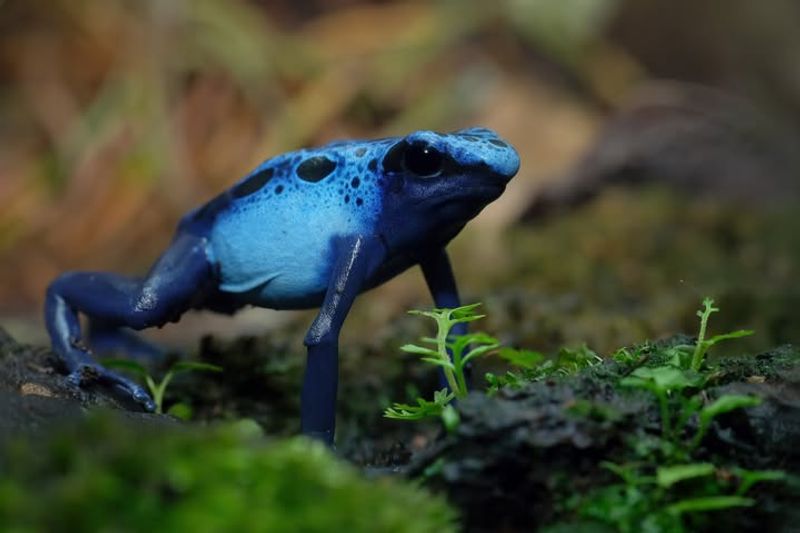
In the lush undergrowth of the Amazon rainforest, a tiny jewel catches the eye.
The Blue Poison Dart Frog, with its dazzling blue skin, warns predators of its potent toxicity. Indigenous communities have long respected this vivid amphibian, using its toxins for hunting.
Its striking appearance and critical role in the ecosystem make it a treasure of the rainforest.
7. Okapi
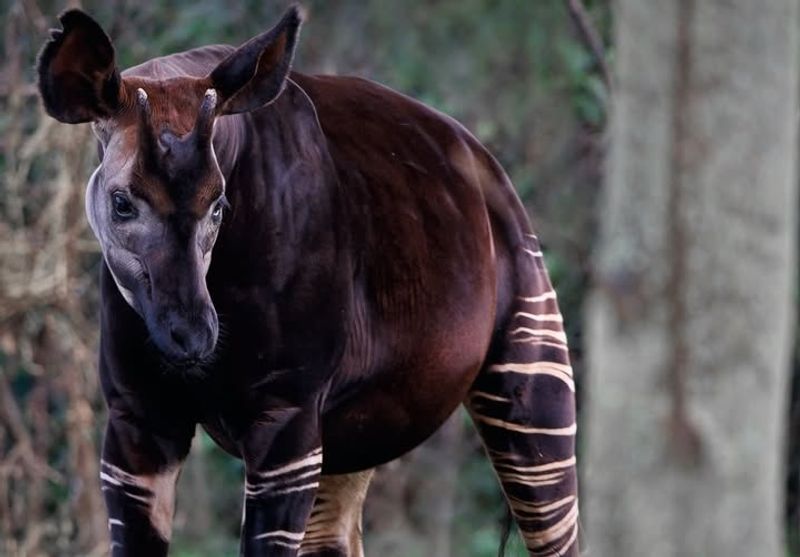
Deep within the Congo rainforest, the Okapi struts with a grace reminiscent of its giraffe relatives. Its striped legs blend it into the dappled forest light, making it a master of stealth.
Known as the ‘forest giraffe,’ the Okapi’s discovery in 1901 was a sensation. This enigmatic creature embodies the secrets and wonders of the Congo’s biodiversity.
8. Komodo Dragon
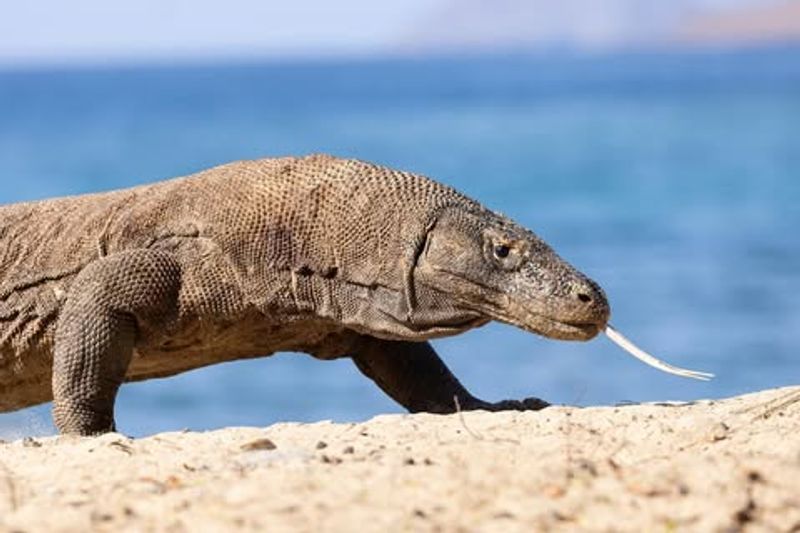
Found only on a few Indonesian islands, the Komodo dragon is the world’s largest living lizard. This powerful predator can grow over 10 feet long and uses its strong jaws, sharp teeth, and venomous bite to take down prey.
Despite its size, it moves with surprising speed and agility, especially during a hunt. The Komodo dragon plays a crucial role in its ecosystem, keeping animal populations in check.
Its limited range and impressive nature make it one of the most iconic endemic animals on Earth.
9. Quokka
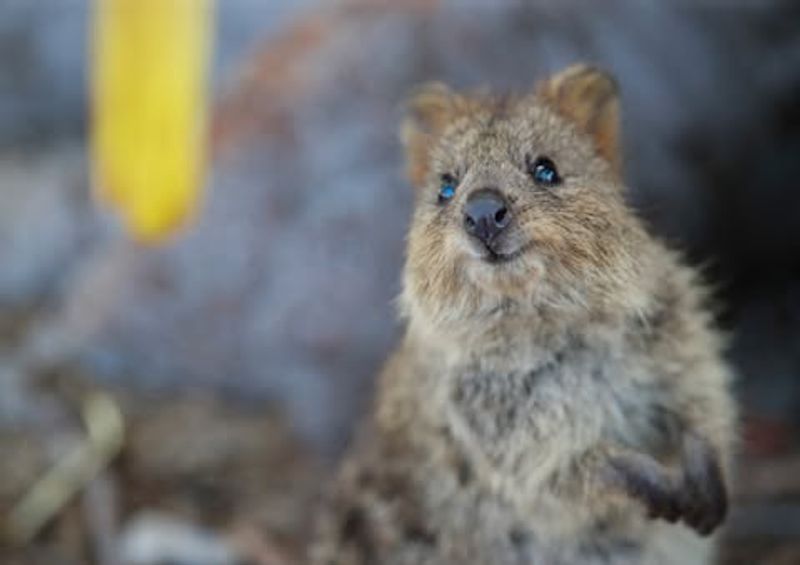
On Western Australia’s Rottnest Island, the Quokka charms visitors with its seemingly smiling face. Known for its friendly demeanor, this marsupial hops around, spreading joy and curiosity.
Its approachable nature has earned it the title of the ‘world’s happiest animal.’ The Quokka’s habitat on Rottnest Island is a sanctuary of joy and natural beauty.
10. Vaquita
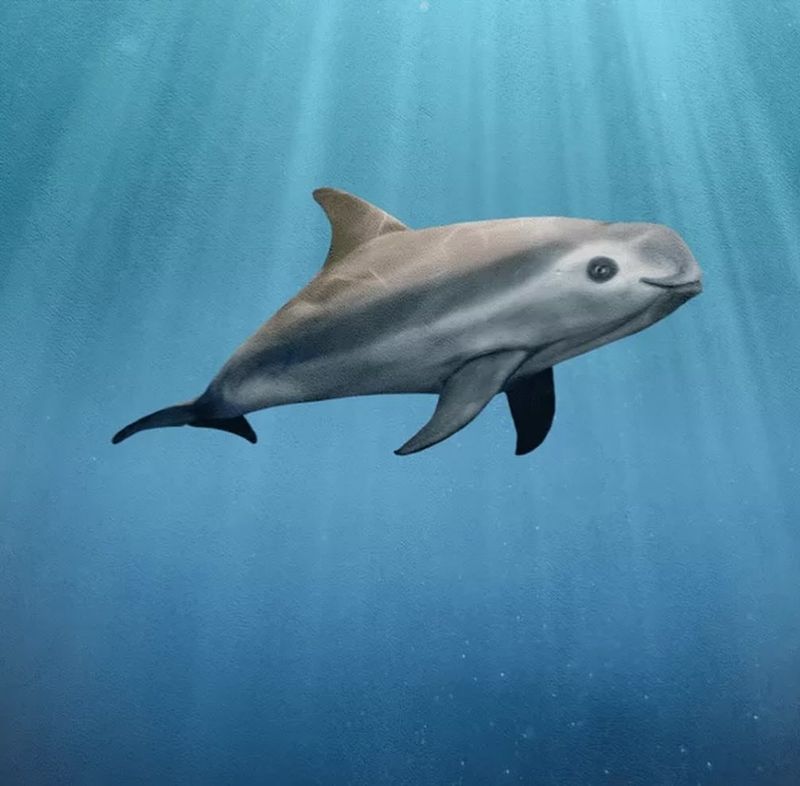
In the tranquil waters of the Gulf of California, the Vaquita, the world’s smallest porpoise, glides gracefully. With a population critically low, this marine mammal’s plight is dire.
Conservation efforts focus on saving the Vaquita from extinction, highlighting the urgent need to protect marine biodiversity. This gentle creature’s survival hangs by a thread, urging immediate action.
11. Javan Rhino
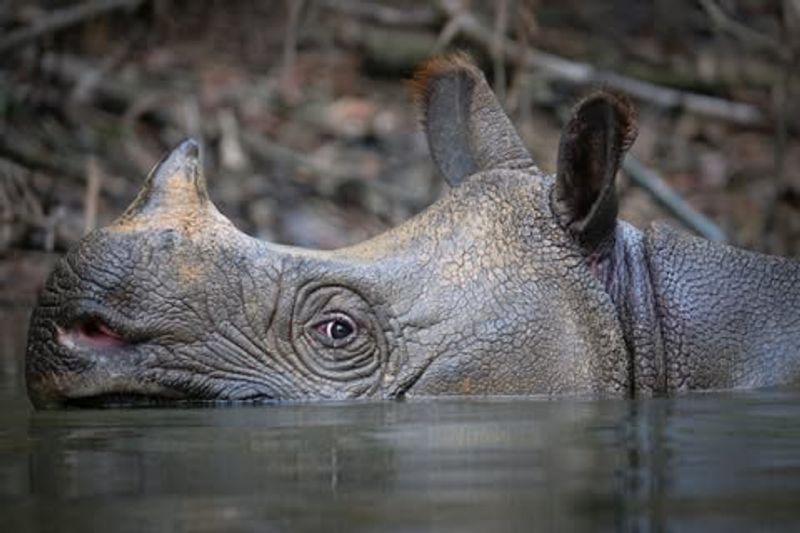
The Javan Rhino is one of the rarest mammals on Earth, found only in Ujung Kulon National Park in Indonesia.
With fewer than 80 individuals left, this critically endangered species is incredibly elusive and shy. Unlike other rhinos, it has a single small horn and a smooth, armor-like skin.
It thrives in dense tropical forests, where it feeds on a variety of plants and shrubs. The Javan Rhino’s extreme rarity and limited habitat make it a powerful symbol of the urgent need for conservation.
12. Hawaiian Monk Seal
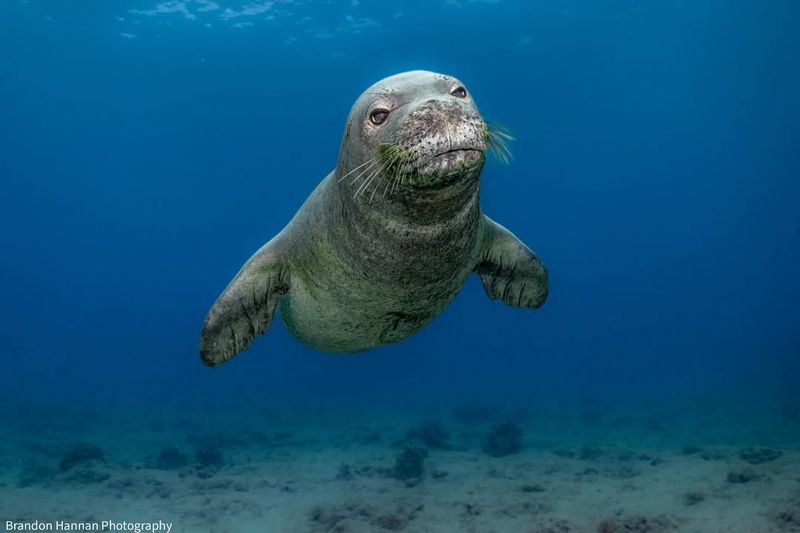
The sandy shores of Hawaii echo with the soft calls of the Hawaiian Monk Seal. As one of the few tropical seals, it bathes in the sun, a picture of relaxation.
Endangered and protected, this seal is a beloved symbol of Hawaii’s natural heritage. Its conservation is crucial to preserving the islands’ rich marine life.
13. Lemur Leaf Frog
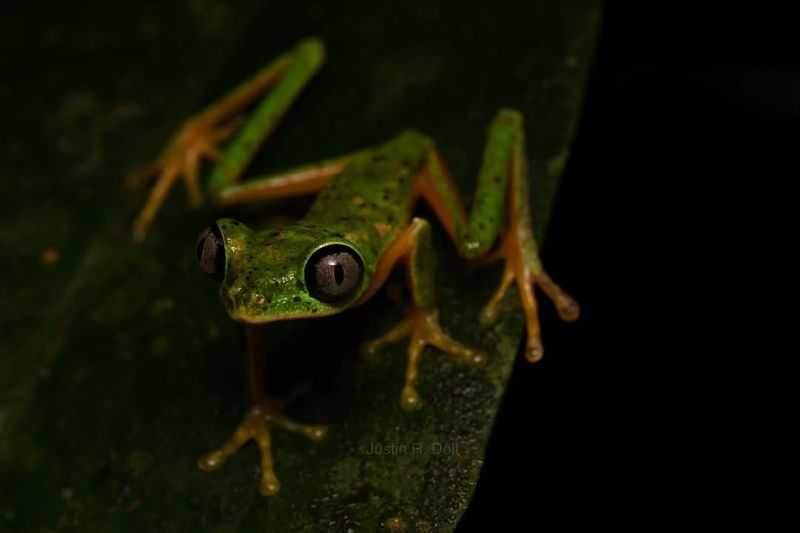
Amidst Costa Rica’s vibrant flora, the Lemur Leaf Frog perches, a beacon of bright green against the lush backdrop. This nocturnal amphibian spends its nights in silent search of insects.
Its striking appearance and unique habitat make it a fascinating subject for researchers and nature lovers alike. The Lemur Leaf Frog is a testament to the richness of Costa Rica’s ecosystems.
14. Bengal Tiger
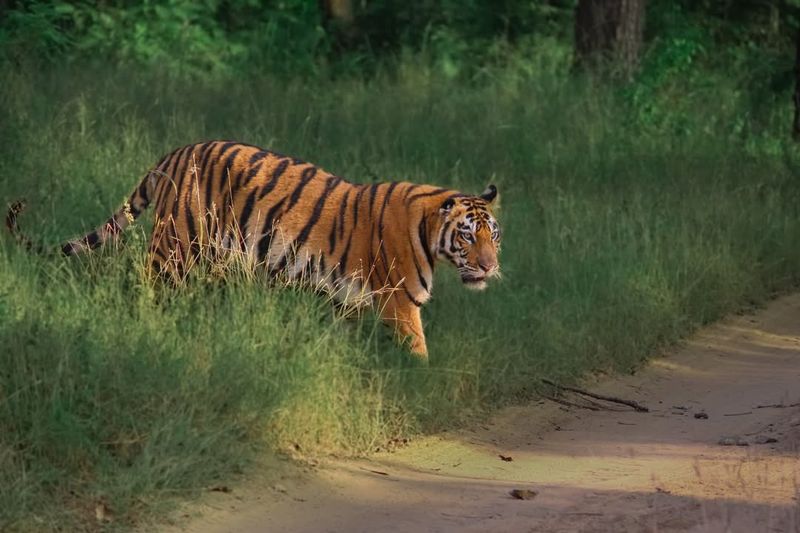
The Bengal Tiger is a majestic predator found primarily in India, with smaller populations in Bangladesh, Nepal, and Bhutan.
Known for its striking orange coat with black stripes, it thrives in diverse habitats ranging from mangrove swamps to dense forests. As the most numerous tiger subspecies, it plays a vital role in maintaining ecological balance.
Despite its strength and status, the Bengal Tiger faces threats from habitat loss and poaching. Efforts to protect this iconic big cat are crucial to preserving the rich biodiversity of the regions it calls home.

